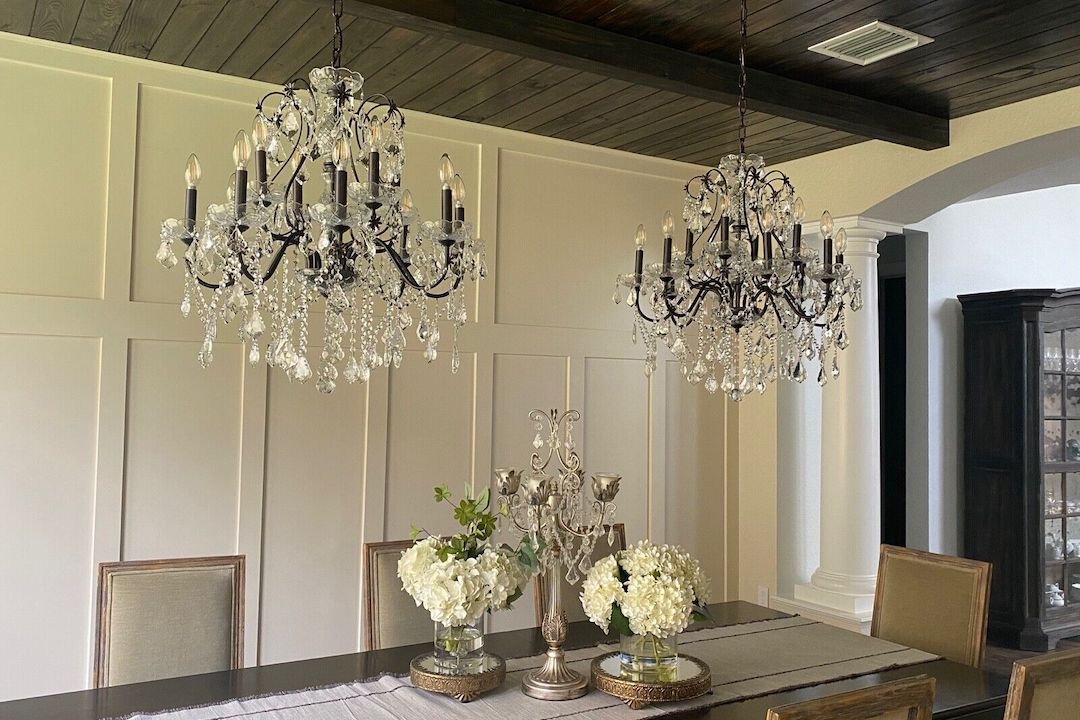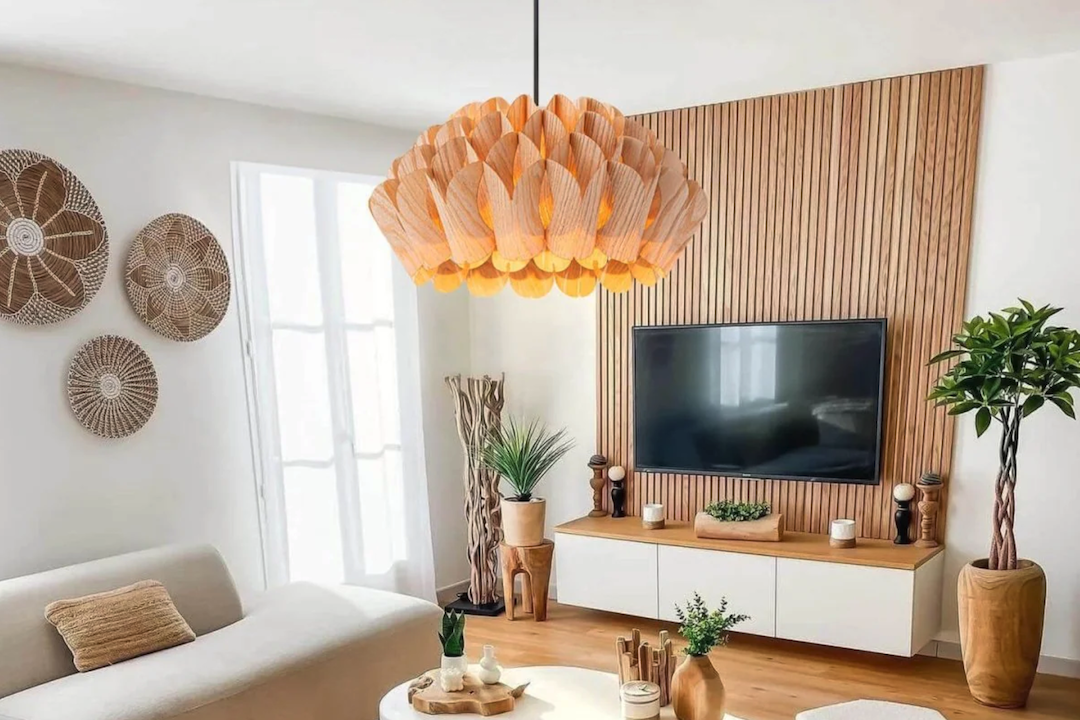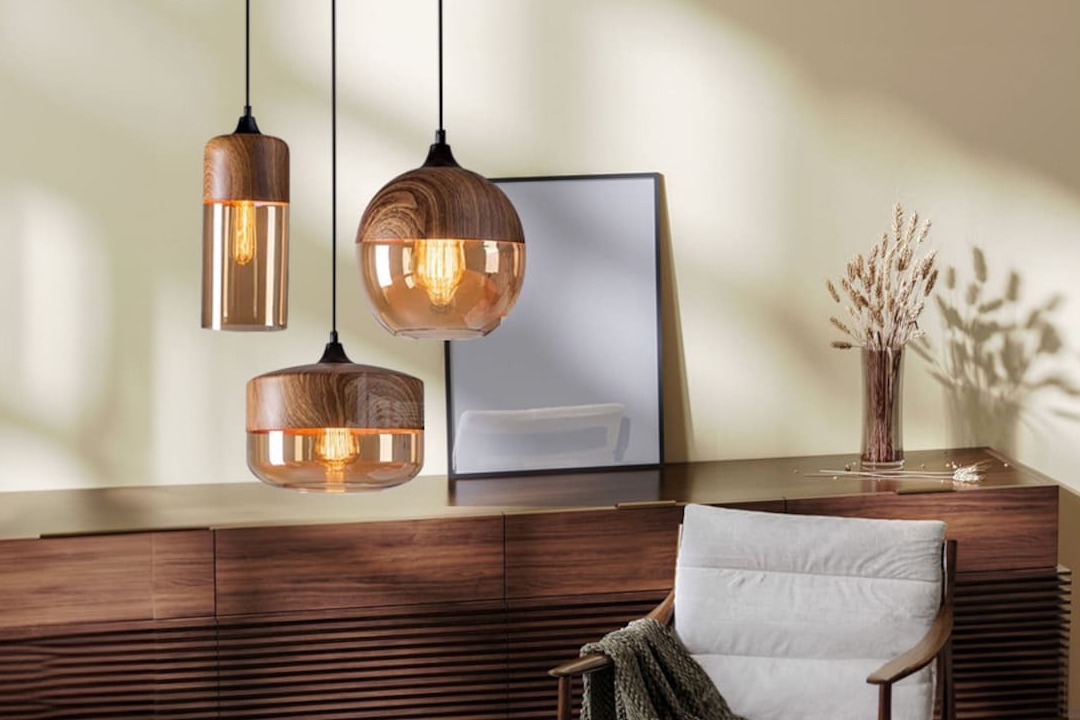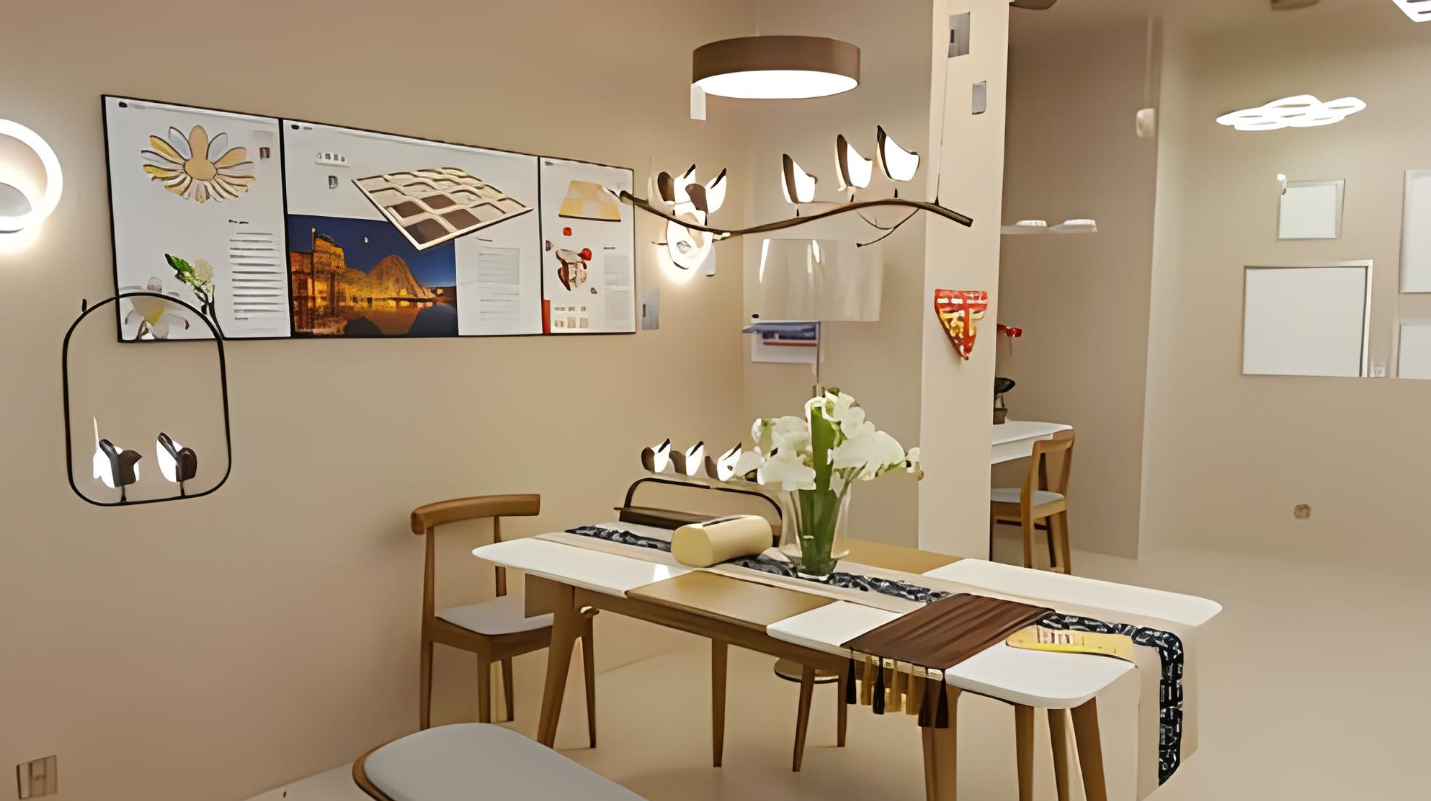The Rococo style emerged in the early 18th century as a reaction against the grandeur and strict regulations of the Baroque period. Characterized by its ornate details, playful themes, and a sense of lightness, Rococo is often associated with the French aristocracy and their lavish lifestyles. This artistic movement permeated various forms of art, including architecture, painting, sculpture, and decorative arts.
The term “Rococo” itself is derived from the French word “rocaille,” which refers to the decorative shell motifs that were prevalent in the design of the time. The style is marked by asymmetrical designs, intricate patterns, and a palette of soft pastels, which together create an atmosphere of elegance and whimsy. Rococo’s influence extended beyond France, impacting various European countries and even reaching the Americas.
It was during this period that interior design began to emphasize comfort and intimacy, moving away from the more formal and imposing styles of previous eras. The use of light and airy elements became a hallmark of Rococo interiors, with an emphasis on creating spaces that felt inviting and luxurious. Among the most iconic representations of this style are the crystal chandeliers that adorned the grand salons of palaces and mansions, serving not only as sources of light but also as stunning focal points that encapsulated the essence of Rococo design.
History of Crystal Chandeliers
The Emergence of Elaborate Chandeliers
The introduction of glass-making techniques in Venice played a pivotal role in this transformation. Venetian glassmakers developed methods for creating clear, leaded glass that could be cut and polished to produce brilliant reflections. This innovation laid the groundwork for the opulent crystal chandeliers that would later define the Rococo style.
Rococo and the Rise of Luxury Chandeliers
By the time Rococo emerged in the early 18th century, chandeliers Bilyhomes had become symbols of wealth and sophistication. The French court, particularly under Louis XV, embraced these extravagant lighting fixtures as essential elements of their lavish interiors. The use of crystal in chandeliers became synonymous with luxury, as it allowed for a play of light that enhanced the overall ambiance of a room.
The Evolution of Chandelier Design
As chandeliers became more intricate and ornate, they began to incorporate not only crystal but also metalwork and other decorative elements, reflecting the playful and exuberant spirit of Rococo design. Notably, the famous Baccarat crystal company was founded in 1764, further solidifying France’s reputation as a center for exquisite crystal craftsmanship.
Characteristics of Rococo Crystal Chandeliers
Rococo crystal chandeliers are distinguished by their elaborate designs and intricate detailing. Unlike their Baroque predecessors, which often featured heavy ornamentation and symmetrical forms, Rococo chandeliers embraced asymmetry and fluidity. This characteristic is evident in the graceful curves and organic shapes that define these fixtures.
The arms of a Rococo chandelier often branch out in unexpected directions, mimicking natural forms such as branches or vines. This sense of movement creates a dynamic visual experience that draws the eye upward. Another defining feature of Rococo crystal chandeliers is their use of light to create an enchanting atmosphere.
The crystals are typically cut in a way that maximizes their ability to refract light, resulting in a dazzling display when illuminated. The interplay between light and shadow adds depth to the chandelier’s design, enhancing its overall impact within a space. Additionally, Rococo chandeliers often incorporate decorative elements such as floral motifs, cherubs, and scrollwork, further emphasizing their ornate nature.
These embellishments not only serve an aesthetic purpose but also reflect the playful themes that are central to Rococo art.
Materials and Construction of Rococo Crystal Chandeliers
The construction of Rococo crystal chandeliers involves a meticulous process that combines artistry with craftsmanship. The primary material used in these chandeliers is lead crystal, which is known for its clarity and brilliance. Lead crystal contains a higher percentage of lead oxide than regular glass, allowing it to be cut into intricate shapes that enhance its reflective properties.
Artisans skilled in glass cutting employ techniques such as faceting and polishing to create crystals that sparkle when illuminated. In addition to lead crystal, Rococo chandeliers often feature metal components made from materials such as bronze or brass. These metals are typically gilded or finished to complement the shimmering crystals.
The combination of metal and glass creates a striking contrast that enhances the overall design. The assembly process requires precision; each arm must be securely attached to ensure stability while allowing for the chandelier’s delicate appearance. Furthermore, many Rococo chandeliers are adorned with additional decorative elements such as beads, prisms, and floral motifs crafted from various materials, adding layers of texture and visual interest.
Placement and Lighting of Rococo Crystal Chandeliers
The placement of Rococo crystal chandeliers is crucial for maximizing their impact within a space. Traditionally, these chandeliers were hung in grand entryways or dining rooms where they could serve as focal points. The height at which a chandelier is hung is also important; it should be positioned so that it does not obstruct sightlines while still providing ample illumination.
In dining areas, for instance, a chandelier should ideally be suspended about 30 to 36 inches above the table to create an inviting atmosphere without overwhelming diners. Lighting plays a significant role in showcasing the beauty of Rococo crystal chandeliers. While traditional chandeliers often utilized candles for illumination, modern versions typically incorporate electric bulbs that mimic candlelight’s warm glow.
Dimmable lighting options allow for versatility in ambiance; brighter settings can be used for entertaining guests, while softer lighting creates a more intimate atmosphere for quieter moments. Additionally, strategically placed mirrors can enhance the chandelier’s brilliance by reflecting light throughout the room, amplifying its visual impact.
Maintenance and Care of Rococo Crystal Chandeliers
Maintaining a Rococo crystal chandelier requires attention to detail to preserve its beauty over time. Regular cleaning is essential to prevent dust accumulation on both the crystals and metal components. A gentle approach is recommended; using a soft microfiber cloth or feather duster can effectively remove dust without scratching delicate surfaces.
For deeper cleaning, it is advisable to disassemble the chandelier carefully and wash individual crystals in warm soapy water before rinsing them thoroughly and allowing them to dry completely before reassembling. In addition to cleaning, periodic inspections are necessary to ensure that all components remain secure and functional. Checking for loose crystals or connections can prevent potential accidents or damage.
If any crystals are broken or missing, they should be replaced promptly to maintain the chandelier’s integrity. Furthermore, ensuring that electrical components are in good working order is crucial for safety; consulting a professional electrician for any wiring issues is always recommended.
Incorporating Rococo Crystal Chandeliers into Modern Interiors
Incorporating Rococo crystal chandeliers into modern interiors can create a striking juxtaposition between traditional elegance and contemporary design sensibilities. One effective approach is to select a chandelier that complements existing decor while standing out as a statement piece. For instance, placing a Rococo chandelier in a minimalist space can add an unexpected touch of opulence without overwhelming the overall aesthetic.
The contrast between clean lines and ornate details can create visual intrigue and elevate the room’s ambiance. Another way to integrate Rococo crystal chandeliers into modern interiors is through color coordination. While traditional Rococo designs often feature soft pastels or gold finishes, contemporary interpretations may incorporate bolder colors or mixed materials to align with current trends.
For example, pairing a classic crystal chandelier with industrial-style furnishings or vibrant wall colors can create an eclectic yet harmonious environment. Additionally, using multiple smaller chandeliers instead of one large fixture can provide flexibility in design while maintaining the charm associated with Rococo style.
Where to Find Rococo Crystal Chandeliers
Finding authentic Rococo crystal chandeliers can be an exciting journey for enthusiasts of this exquisite style. Antique shops and specialized dealers often carry original pieces from the Rococo period or reproductions that capture its essence. Auctions can also be excellent venues for discovering unique chandeliers with historical significance; many auction houses feature curated collections that include stunning examples of Rococo craftsmanship.
For those seeking modern interpretations or reproductions of Rococo crystal chandeliers, numerous online retailers specialize in vintage-inspired lighting fixtures. Websites dedicated to home decor often showcase a range of styles, allowing buyers to explore various options from different manufacturers worldwide. Additionally, custom lighting designers can create bespoke chandeliers tailored to individual preferences while incorporating elements reminiscent of Rococo design principles.
Whether through antique hunting or contemporary sourcing, finding the perfect Rococo crystal chandelier can enhance any space with its timeless elegance and charm.





